By Thomas Stirr
Warmer weather conditions bring out many owners of classic and custom automobiles. Many of them enjoy displaying their vehicles at local car shows and various community events. I recently had the opportunity to attend the annual PoultryFest gathering in Smithville (Ontario, Canada). This event includes a classic and custom car show.
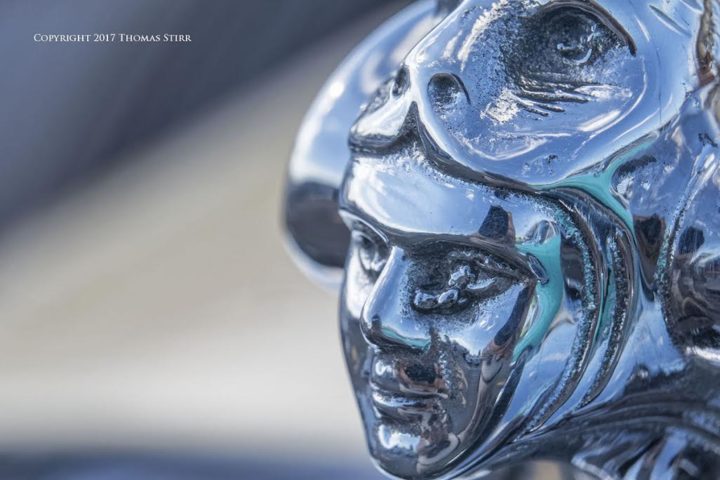
This year’s event ended up attracting a higher number of display vehicles than normal due to many other car show venues being flooded out because of very heavy rains that hit Southern Ontario earlier in the week.
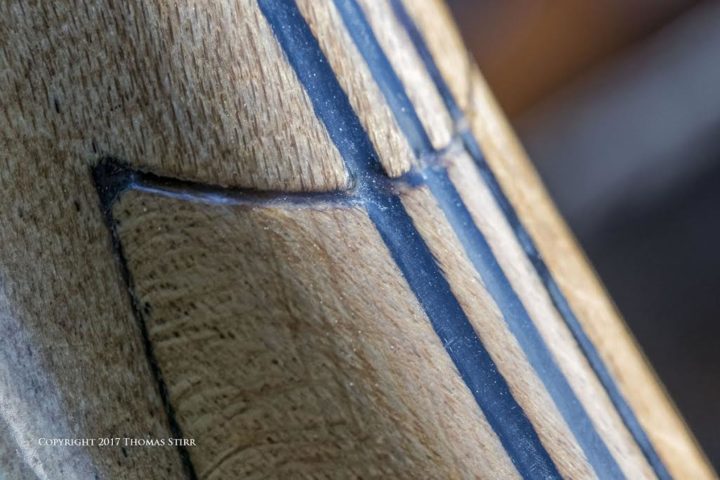
I took a pair of Nikon 1 J5s with me to the event, equipping one with a 1 Nikon 10-100mm f/4-5.6 zoom, and the other with a 1 Nikon 30-110mm f/3.8-5.6 zoom and a 21mm MOVO extension tube.
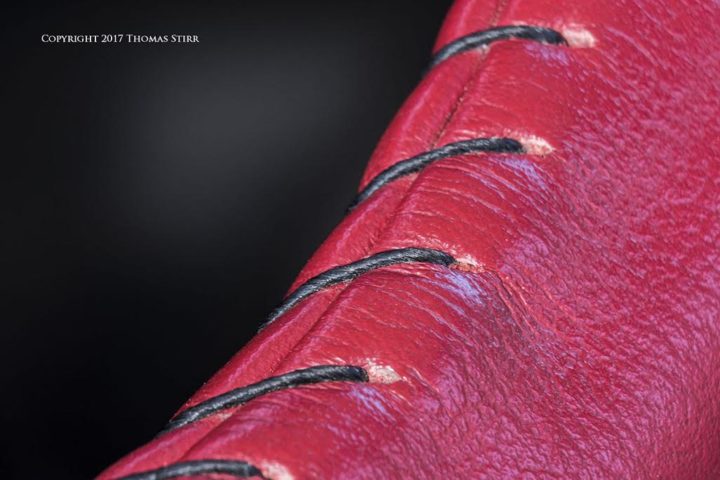
The Nikon 1 30-110mm f/3.8-5.6 is my favourite lens to use with extension tubes. It is small, lightweight and very easy to handle when using extension tubes. It is also quite a sharp lens that produces very good quality images.

For a good part of the morning I used my Nikon 1 J5 set up with extension tubes, looking for interesting details to capture. The first 8 images in this article were captured with this set-up.
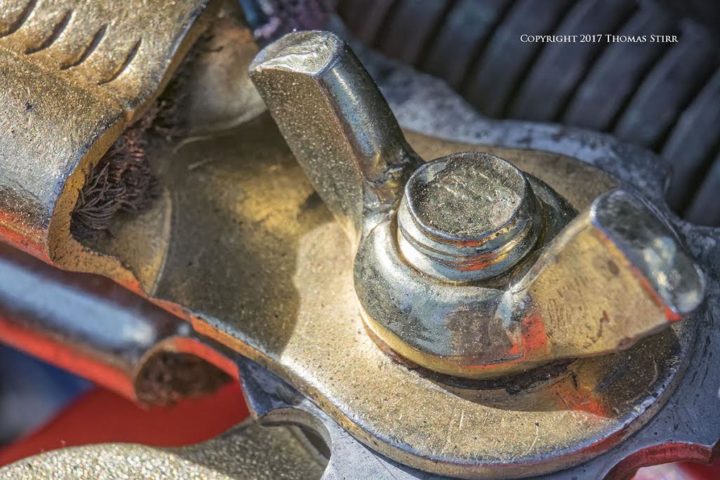
I almost always shoot hand-held in available light, and often joke with my friends that I’m allergic to tripods, only using one when I absolutely must do so. For example when capturing ‘smooth water’ images of waterfalls using very slow shutter speeds.
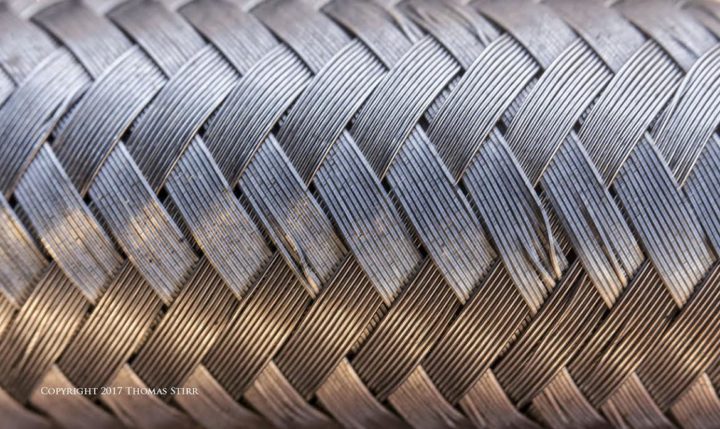
When shooting stationary subjects with extension tubes, I typically shoot in aperture priority with single point auto-focus, and use a dedicated ISO setting.
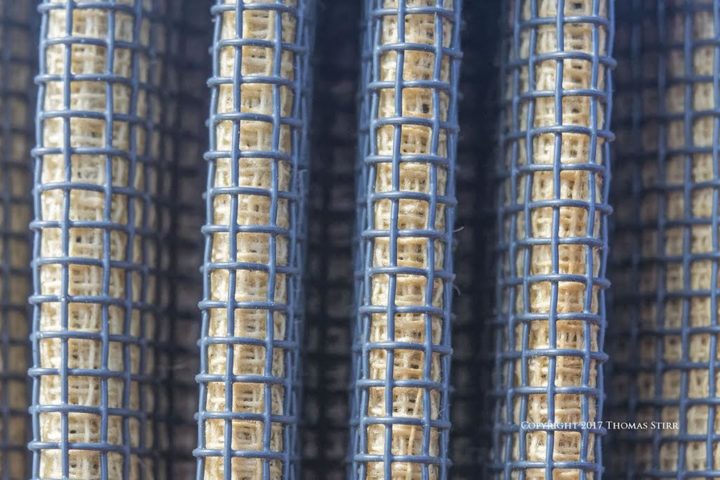
At this point there is no dedicated 1 Nikon macro lens for the camera system. Some Nikon 1 owners use an FT-1 adapter and an F-Mount Nikkor macro lens with their Nikon 1 gear. A couple of years ago when I was still shooting with Nikon full frame gear I tried using my Nikkor 105mm f/2.8 macro lens with my Nikon 1 gear. I never liked how this combination performed, especially since my Nikon 1 V2s seemed to hunt for focus too often.
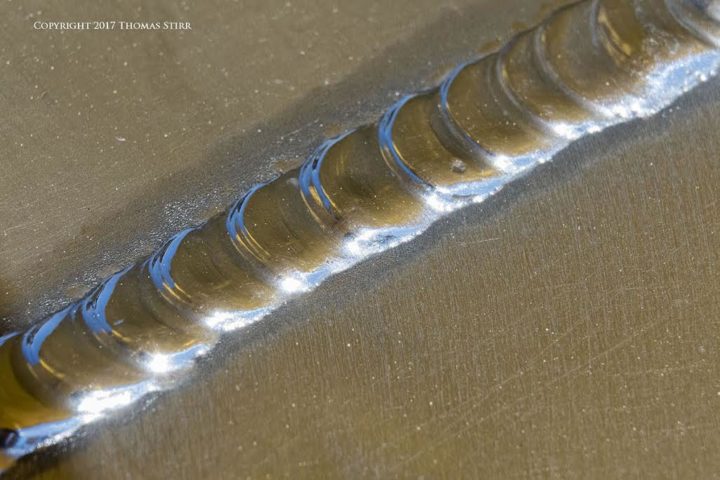
I find that using extension tubes with the 1 Nikon 30-110mm f/3.8-5.6 is a much more flexible, lightweight approach that better serves my needs.
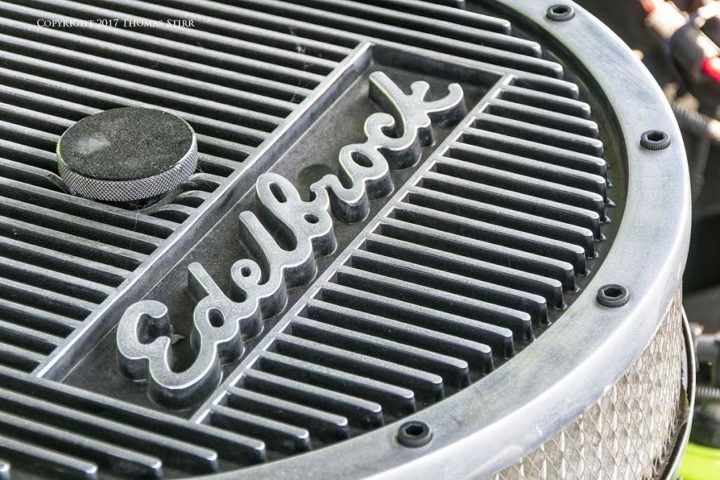
Having a pair of J5s equipped with different lenses allowed me to quickly switch back and forth without the need to swap out lenses.
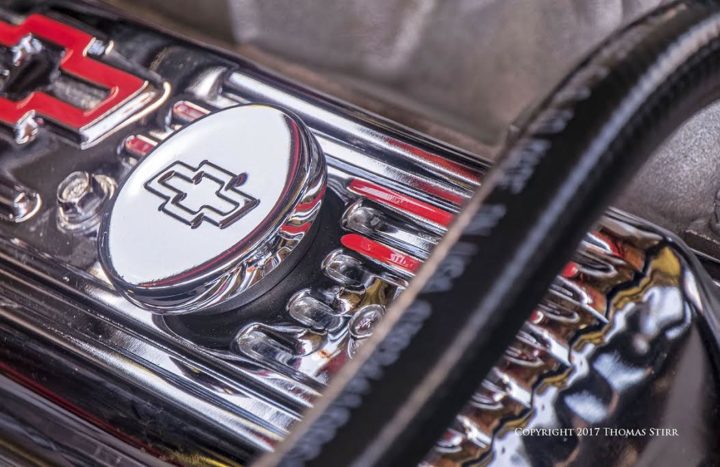
The 1 Nikon 10-100mm f/4-5.6 is a great all-in-one zoom lens, providing an equivalent field-of-view of 27mm to 270mm when compared to a full frame camera. Another distinct advantage of this lens is its comparatively short minimum focusing distance.
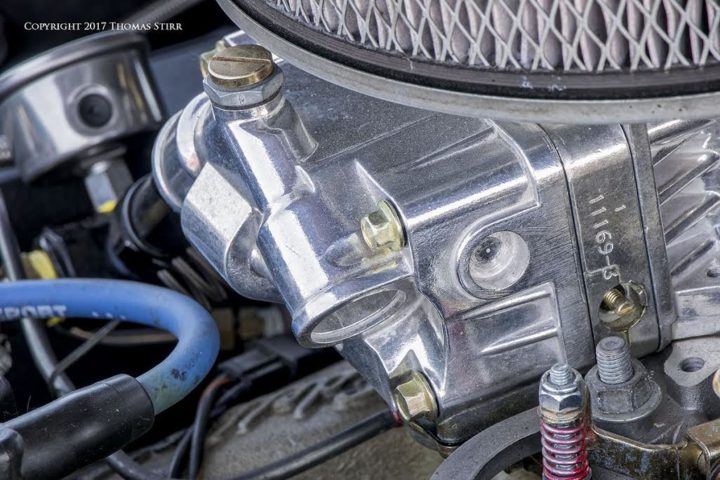
Since I was shooting under extremely bright sunlight, I looked for image opportunities where I could shoot on the shaded portions of a subject automobile.
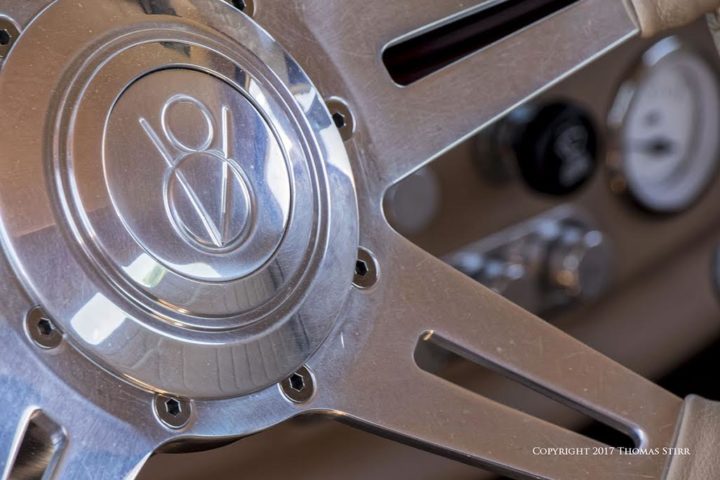
Often this meant photographing with the sun at my back or from the side. There were a few instances when I had to shoot back towards the sun. Some care was needed to avoid lens flare and/or blasted out highlight areas.
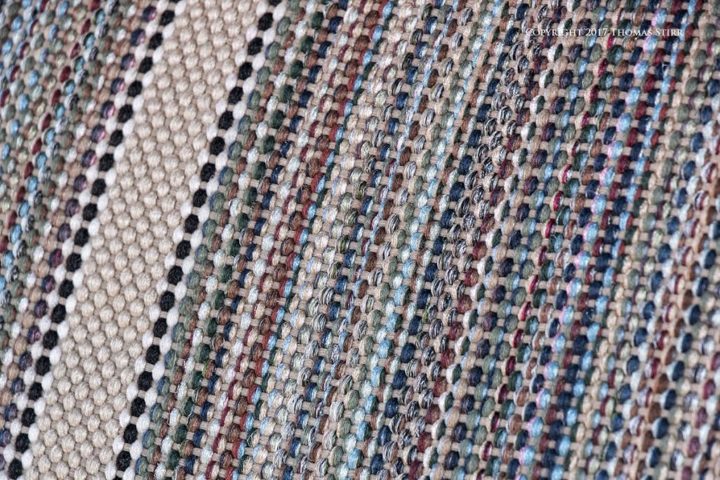
I’ve never much enjoyed taking images of entire automobiles at public car shows, as it is always very difficult to capture clean images without people in them.
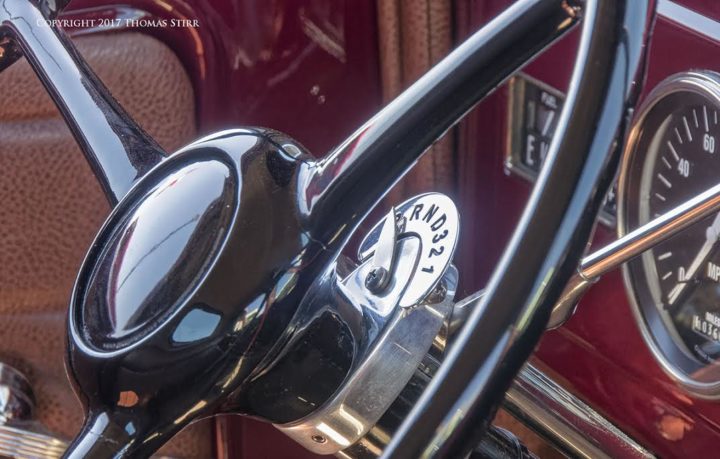
Studying the details of an automobile is far more intriguing to me. This approach also yields a more eclectic mix of images, often including gauges, engine parts, grill and light details, steering wheels, shift knobs, wheels and rims, upholstery, and sometimes unique air-brushed artwork.

Initially, what often catches my eye is how the natural light may be highlighting a specific feature on an automobile. This draws me like a moth to a candle at night.
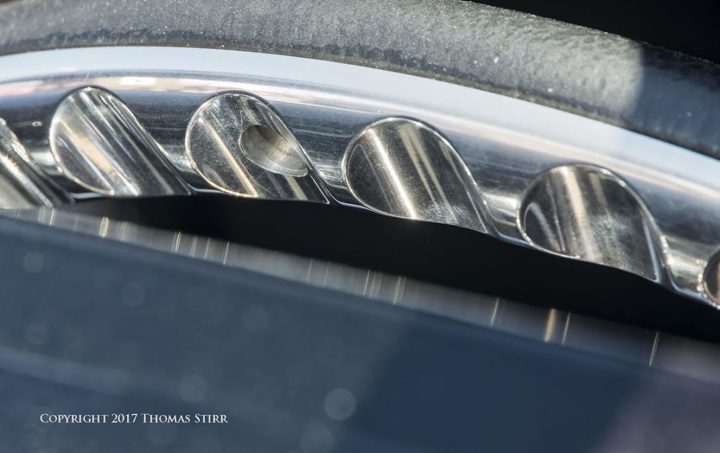
I’ll study the image opportunity for a few moments and consider various shooting angles, often paying as much attention to the background as I do to the possible subject matter.
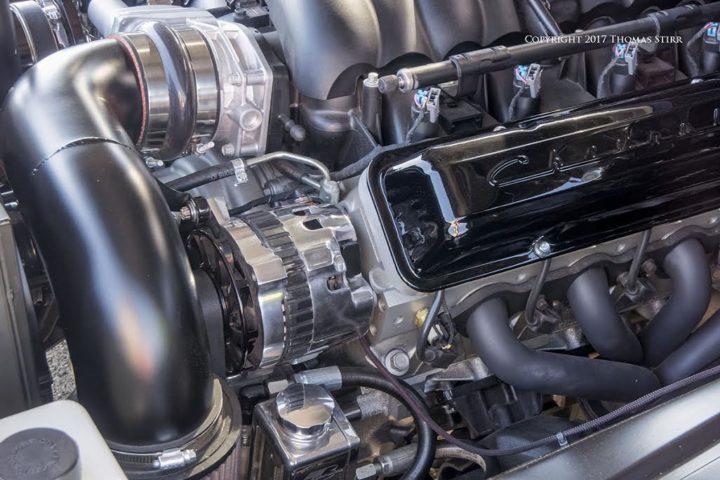
Sometimes I just can’t find the right angle to give me the composition that is in my mind, or I can’t get the right background to balance the composition. In those situations I’ll just move on, rather than waste time capturing an image that I know will only get deleted when I get back to the office.
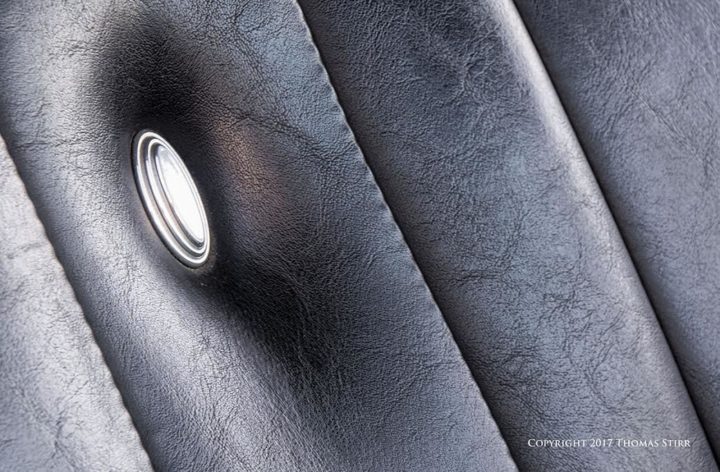
Once I find the right combination of subject matter, background and lighting I’ll quickly capture a photograph or two, then move on to the next potential image opportunity. I may return to a particular subject car later on during the day after the light has shifted, to see what other image opportunities may be present at that time.

Working fast is something that was ingrained in me many years ago during my days as a newspaper advertising sales representative. There was never any time for ‘do-overs’…we had to get it right the first time to keep on deadline.
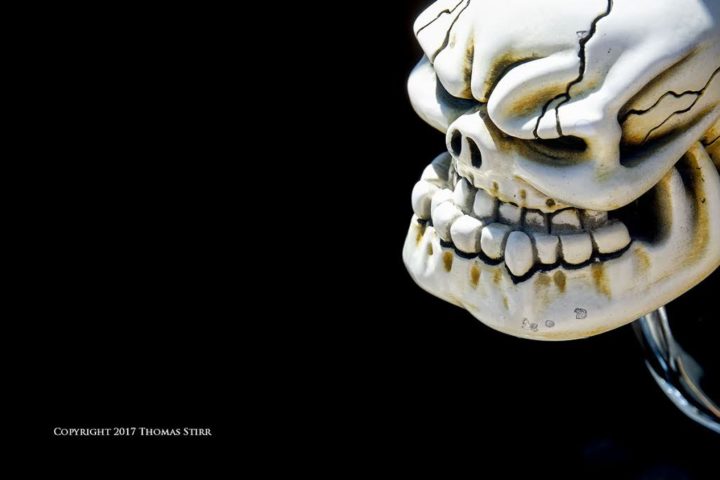
I love to get in tight with my compositions, and often specifically look for dark backgrounds. These can help create contrast and emphasis in my photographs.
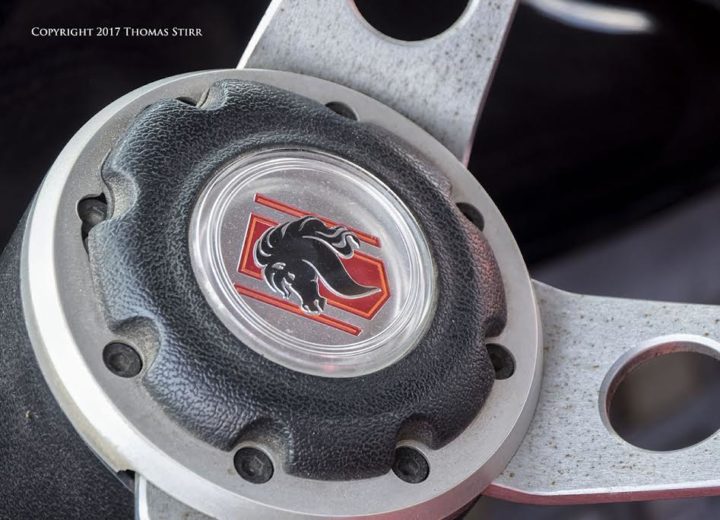
I’m very attracted to repeating patterns and textures, often finding them on front grills, filler caps, and upholstery.
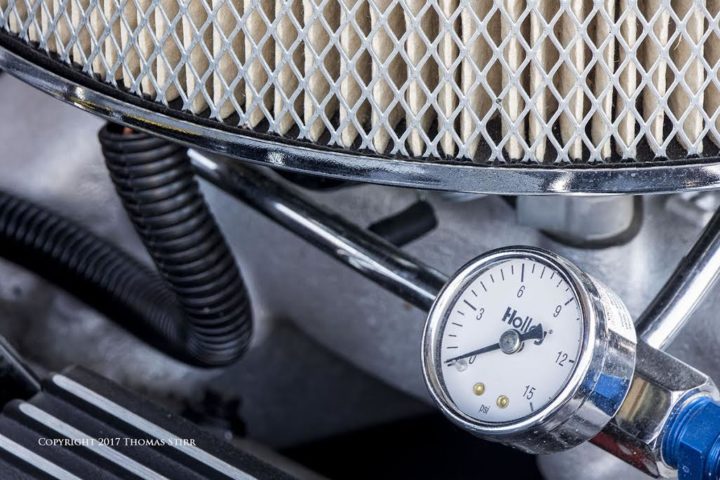
I regularly compose images using subject bleeds to help direct a viewer’s eye. I also look for opportunities to incorporate corner exits to improve overall image balance and eye flow.
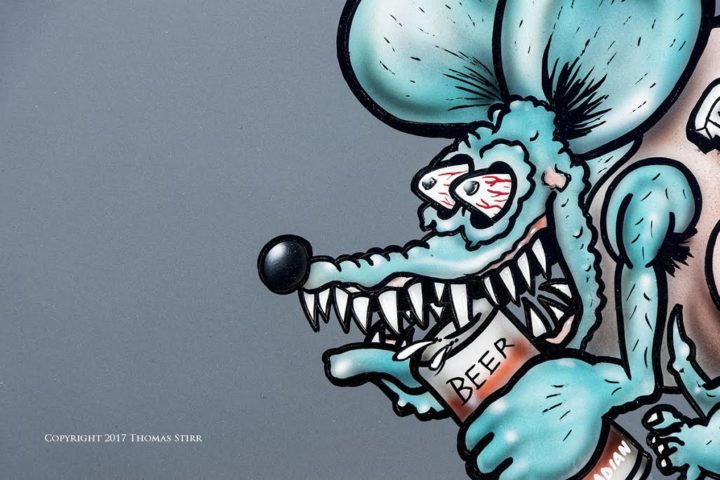
Since I often need to position my camera in close quarters inside an engine compartment I find that the small size and weight of my Nikon 1 gear is ideal for this type of subject matter. This is particularly true when using extension tubes.
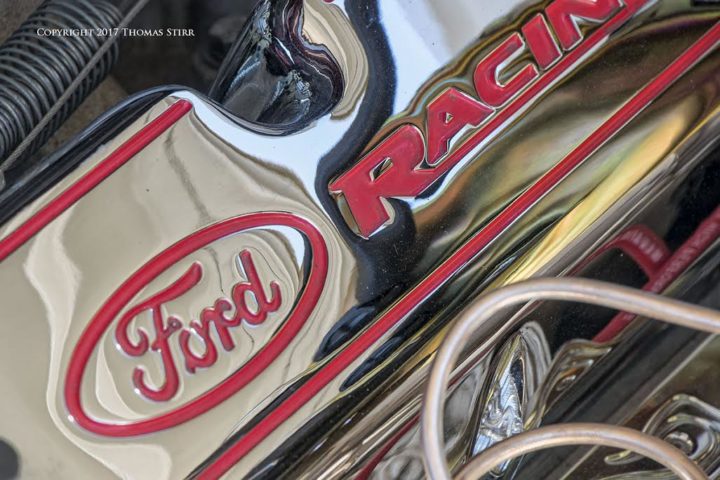
If you’re like me and appreciate the craftsmanship of classic and custom automobiles, taking a set of extension tubes or a macro lens with you on your next car show visit can help unlock other image opportunities in this subject category.
Technical Note:
All images were captured hand-held in available using Nikon 1 equipment as per the EXIF data. All photographs in this article were produced from RAW files, using my standard process of DxO OpticsPro 11, CS6 and the Nik Collection.
Article and all images are Copyright 2017 Thomas Stirr. All rights reserved. No use, duplication or reproduction of any kind is allowed without written permission. Mirrorlessons.com is the only approved user of this article. If you see it reproduced anywhere else it is an unauthorized and illegal use. Readers who call out offending websites that steal intellectual property by posting comments on those offending websites are always appreciated!
